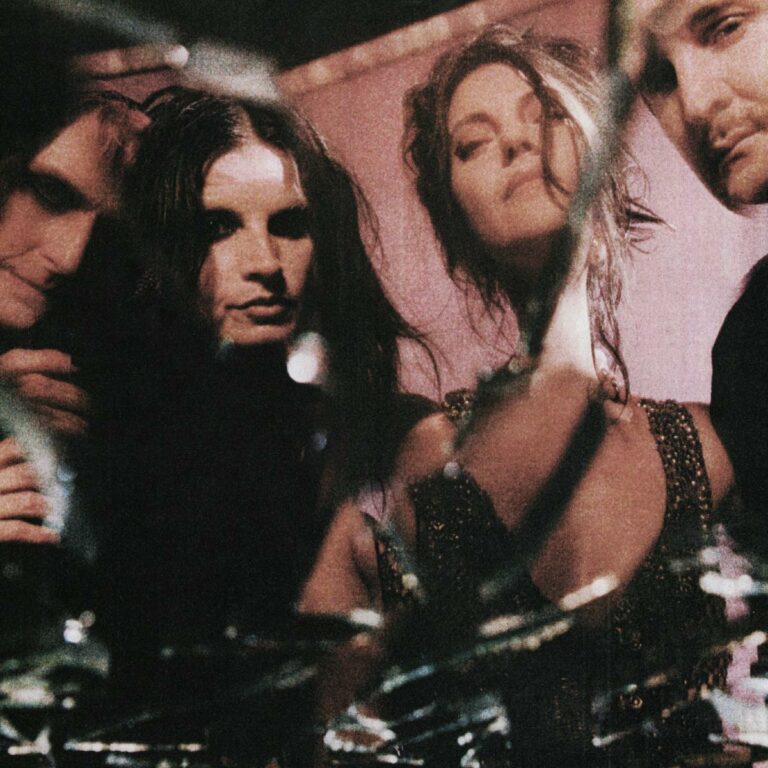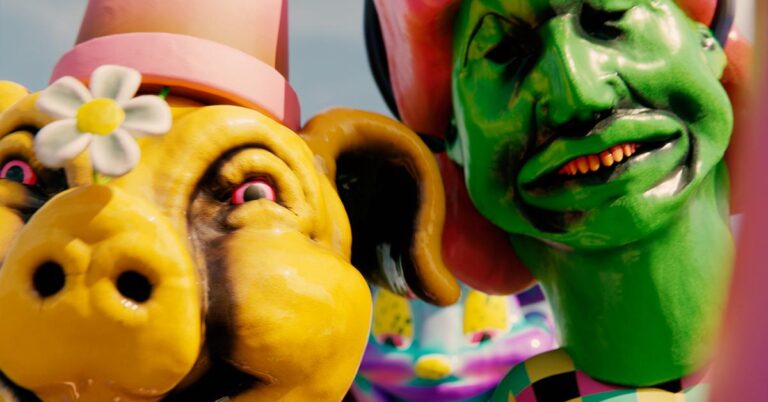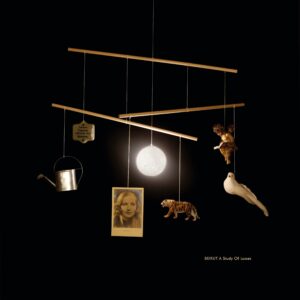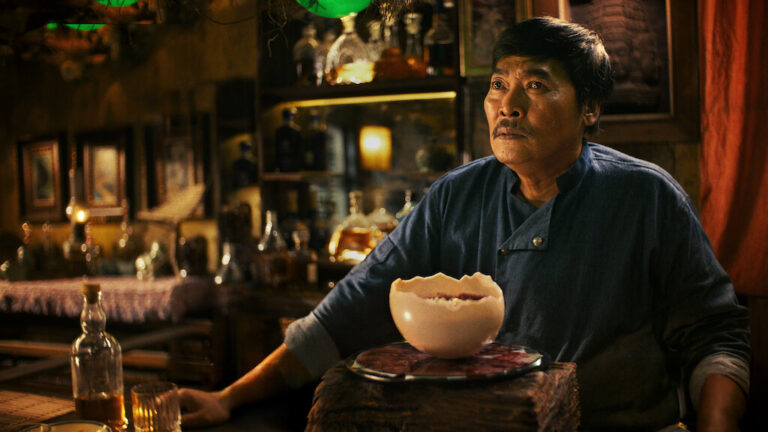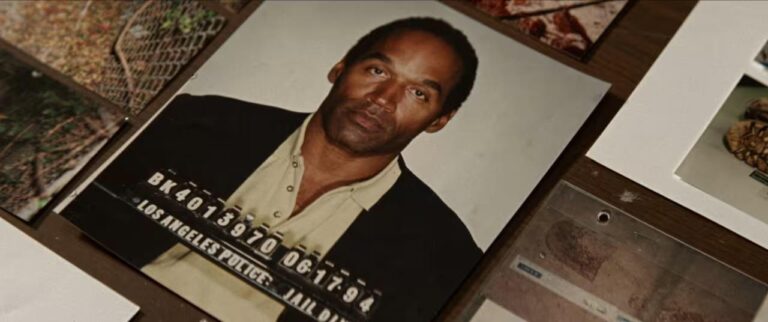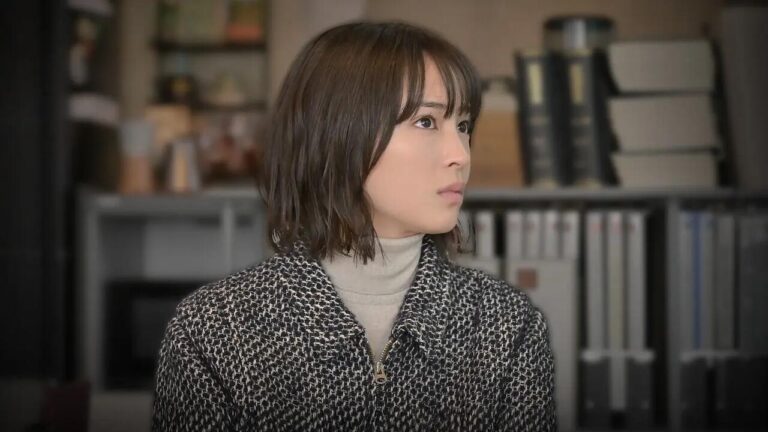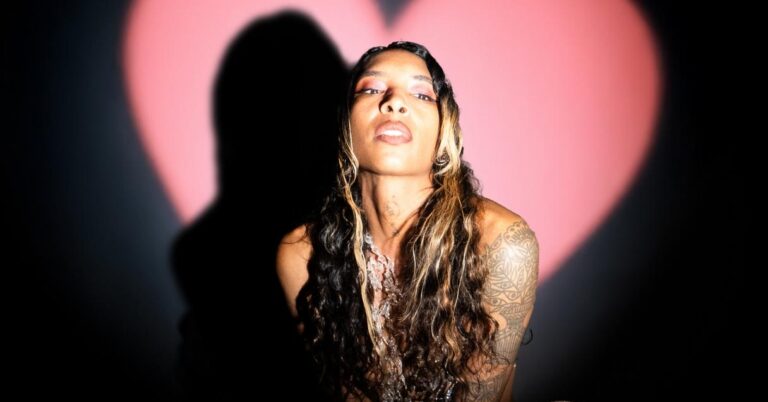Subtlety is a virtue in the singer-songwriter world. In the face of a dying earth, however, and energized by collaborating for the first time in a writing capacity with her live band, the Attachment Theory – Devra Hoff on bass and vocals, Jorge Balbi on drums and machines, and TEEN’s Teeny Lieberson on synth, piano, guitar and vocals – Sharon Van Etten has made one of her boldest and biggest-sounding records to date. (The impeccable production work by Marta Salogni, who’s informed similarly charged records by Björk and Depeche Mode, also deserves credit.) Sharon Van Etten & the Attachment Theory is as thunderous as it is propulsive, disquieting in its storm of existential questions but deliberate in how it sequences them; sounding like doubt at times, despair at others. But at its most resonant, Van Etten’s voice soars with pure wonder, unburdened by judgment or an easy way out: “Oh, what it must be like.” She’s singing about Southern life here, but really, about compassion – one of the few things that still doesn’t come attached with an expiration date.
1. Live Forever
“Who wants to live forever?” is the question Sharon Van Etten hits us with at the start of the album, a brooding thought repeated like it’s always seeping through the shadows of our lives. Synths waft, throb, and swell in the same atmospheric wavelength as the song’s percussion, but only initially. “It doesn’t matter,” she later sighs, her voice growing with resolve, which the band ultimately transforms into a prayer. By the end of the song, they’re locked into a sturdy groove, and Van Etten is howling out her desperation. The new band’s dynamic potential is firmly established; remarkably, it’s also the first song they wrote intentionally from start to finish when they went into the studio.
2. Afterlife
Sharon Van Etten aims for grandiosity only when she knows she has a hit in her hands. But the intensity of ‘Afterlife’ also befits the weight of its subject matter: the song was written around the death of a fan she and her band had befriended. In keeping with the tone of the opener, though, Van Etten frames ‘Afterlife’ not as an elegy but as a vehicle for questioning as existential as is it profoundly personal: “Does it feel like coming home?” she wonders, making it sound better than any kind of paradise.
3. Idiot Box
As the band turns its gaze outward, ‘Idiot Box’ is a call for emotional release: “Nervous, tired, desensitized/ Let it go!” A slick bassline anchors a more familiar indie rock arrangement, at least until Van Etten sings about realizing it’s all just a dream – and the band makes it glisten like one.
4. Trouble
This song immediately brought to mind an immortal lyric from Are We There, an album that, unbelievably, is over a decade old: “Every time the sun comes up, I’m in trouble.” As Van Etten accepts accountability for past mistakes and makes glib predictions of the future, trouble is still perpetually on the horizon, and she at the center of it. Like most songs about the fear of losing anything, it takes its time, warmly hanging on to the good parts. Oh, and if you liked the bass part on ‘Idiot Box’, wait till you hear the groove Devra Hoff holds down on this one.
5. Indio
‘Indio’ is a spiky slice of dream-pop, which isn’t necessarily what you’d expect from Sharon Van Etten and the Attachment Theory. The band quickens its pace as Van Etten dips into her breathy falsetto, harmonizing with keyboardist Teeny Lieberson to hypnotic effect.
6. I Can’t Imagine (Why You Feel This Way)
Van Etten totally commands the song’s strutting groove, which lands somewhere between disco, post-punk, and new wave. It’s not exactly uplifting, though: she’s just a traveler, hoping the people on the same train as her, hearing the same screams, won’t support the same murderer they thought would be their savior. Sound familiar?
7. Something Ain’t Right
The four-on-the-floor bounce links this song with the previous one: the traveler not only questions those in authority, but now the friends and family responsible for putting them in charge. “Do you believe in compassion for enemies?/ Who is to blame when it falls to decay?” she sings, and it’s so easy to start humming along.
8. Southern Life (What It Must Be Like)
This song arrived at a point in the band’s process where Van Etten wanted to loosen things up and not rehearse songs to death; the arrangement may have started out as a jam, but clearly they’d long discovered their collaborative language. Lyrically, Van Etten continues to dwell on the theme of compassion for those who may hold opposing views, this time considering her own history. She urges you to see things from the other side before including herself in the effort: “We must imagine what it must be like.” Her delivery alone, stretching each syllable without strain, is compelling enough.
9. Fading Beauty
Sharon Van Etten and the Attachment may be shooting for bold, ambitious rock music, but that doesn’t mean they won’t stop to zone in on “the subtle beauty of light.” Airy and delicate, it’s one way of showing us what’s at stake, as if anyone with an ounce of perspective could ignore it. “We all face it,” she intones in a revelatory moment, “All that’s life.”
10. I Want You Here
All the world’s a stage and Sharon Van Etten is sitting at the edge of it, bellowing out her devotion. In quite a tangible way, it’s the other end of ‘Live Forever’: she wants to, and she knows who she wants to share it with – not in some imaginary utopia, but here. As the song builds up and Van Etten reveals that all of this – the beauty, the change, the rage – amounts to “a moment,” it may seem a little deflating on paper. But the band places us right in the heart of it, and like a bolt of lightning we want it, too. For whatever it’s worth.
